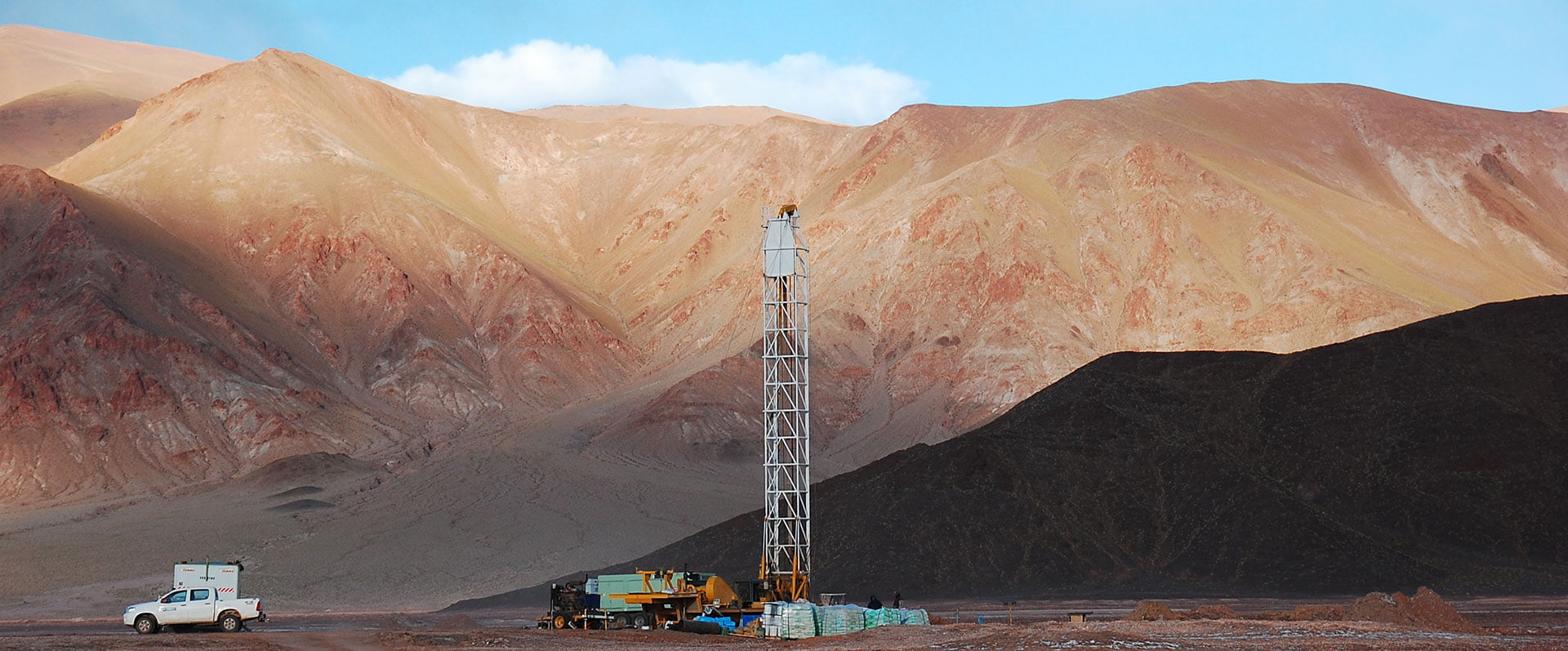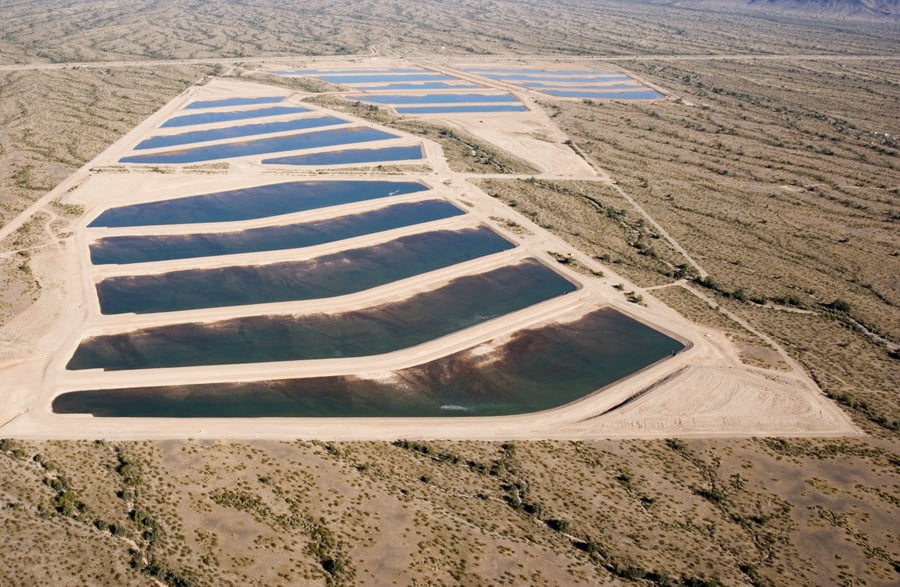The Upper Verde Springs (UVS) were once a topic of lively debate, with claims that their source could not be the Big Chino basin. Initial proponents of this view referred to an infamous “clay plug” that supposedly blocked Big Chino groundwater from reaching the UVS. Then, in 1997, Dr. Paul Knauth wrote that Big Chino couldn’t be the source of the springs because groundwater in this basin has a “low-elevation isotopic signature and the UVS has a high-elevation isotopic signature.”1 (Stable isotopes of oxygen and hydrogen in groundwater can indicate the relative elevations of precipitation and recharge.) Knauth instead suggested the nearby, high Big Black Mesa as the source of the UVS. He was wrong, because he compared the chemistry of the UVS only to that of the basin-fill aquifer; he had no isotope data for the Paleozoic limestone aquifer, which occurs at greater depths in the basin. However, his work did provide the first indication that the basin-fill aquifer in Big Chino is not a major source of the UVS and upper Verde base flow.
Data published by Schwab (1995)2 and Wirt and others (2005)3 provide some insight into the origins of the UVS. These data indicate that both the general chemistry and the isotopic character of the basin-fill groundwater differ substantially from that of the UVS and the upper Verde River. But they also reveal strong similarities between the chemistry of groundwater in the deep limestone aquifer, recharged in the Juniper Mountains, and the UVS and upper Verde base flow. Ratios of some chemical constituents suggest that 70 to 80 percent of the UVS flow originates in the deep limestones.
To identify the source of the UVS, we also need to consider hydrogeologic conditions in the Big Chino. Blasch and others (2006)4 assumed that “groundwater in the deep limestones moves upward into the basin fill” because the hydraulic head in the limestone aquifer is higher. DeWitt (in Wirt and others, 2005) believed that the geology of Big Chino has not changed over at least the past 6 million years. If these assumptions are correct, groundwater from the deep limestone and basin-fill aquifers would have been mixing for at least 6 million years — and the chemical and isotopic character of the two aquifers would not be so different.
In a prescient statement, Laurie Wirt and Wynn Hjalmarson (2000)5 wrote, “These differences (in chemistry) are consistent with the conceptual model of an unconfined, predominantly alluvial aquifer overlying a confined, predominantly bedrock aquifer of Paleozoic limestone.” Confined conditions would require that a low-permeability bed separates the limestone and basin-fill aquifers in most of the Big Chino basin, inhibiting groundwater movement between these two aquifers. Perhaps this conceptual model, combined with evidence of the deep limestones as the source of UVS, also helps explain why upper Verde base flows do not yet appear to have been affected by pumping in Big Chino. As we’ll discuss in a subsequent HydroNote, stream flow measurements show that changes in upper Verde base flows have been caused solely by climate variations.
[1] Knauth, L.P., and Greenbie, M., 1997. Stable isotopic investigation of groundwater – surface water interactions in the Verde River headwaters area, Arizona Water Protection Fund grant report, Arizona State University
[2] Schwab, K.J., 1995, Maps showing ground-water conditions in the Big Chino Sub-Valley of the Verde River Valley, Coconino and Yavapai Counties, Arizona—1992: Department of Water Resources, Hydrologic Map Series Report Number 28
[3] Wirt, L., DeWitt, E., and Langenheim, V.E., 2005, Geologic framework of aquifer units and ground-water flowpaths, Verde River headwaters, north-central Arizona, USGS Open-File Report 2004–1411
[4] Blasch, Kyle W., Hoffmann, John P., Graser, Leslie F., Bryson, Jeannie R., and Flint, Alan L., 2006, Hydrogeology of the Upper and Middle Verde River Watersheds, Central Arizona, USGS Scientific Investigations Report 2005–5198
[5] Wirt, L., and Hjalmarson, H.W., 2000, Sources of springs supplying base flow to the Verde River headwaters, Yavapai County, Arizona: U.S. Geological Survey Open-File Report 99–0378










